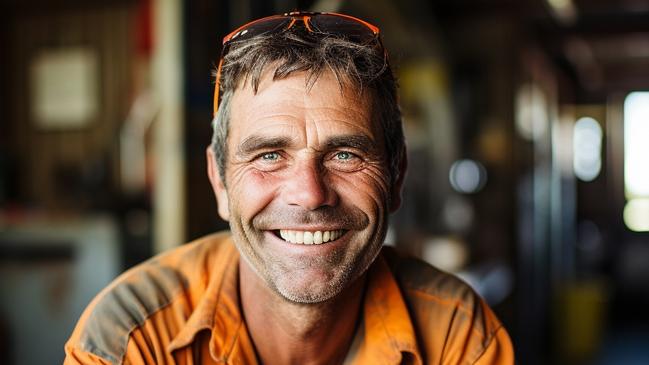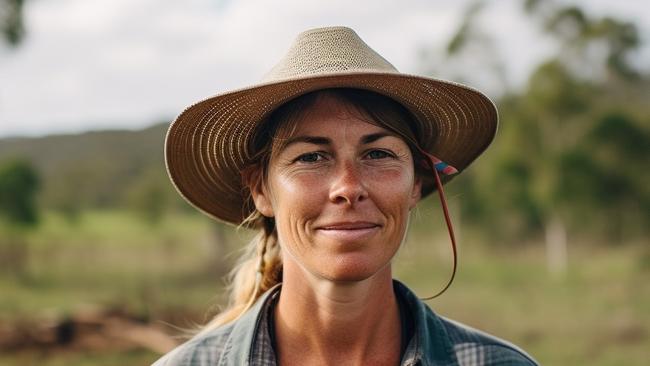Gympie residents judge AI images of typical locals
When it comes to AI-created images of what Gympie region people look like, residents who were shown the photos this week said technology was largely on the money. Read their responses:
Gympie
Don't miss out on the headlines from Gympie. Followed categories will be added to My News.
When it comes to how the Gympie region looks, artificial intelligence apparently knows how to pick them.
At least that’s the view of the group of residents who were shown AI-created images of typical men and women from Gympie, Imbil and Rainbow Beach this week, images which some said opened ethical trapdoors such as copyright, identity theft and “fake news”.
News Corp used AI-software to generate six images of what the region’s residents might look like: Two from Gympie, two from Imbil, and two from Rainbow Beach.
A biography was generated for each man and woman in ChatGPT, which was asked to write “a short description of an (average man/woman) from (suburb) Queensland”.
This text then formed the basis for each image.
Members of the public who were shown the images on Wednesday said they stacked up.
“They all look like Gympie people,” Paul Lillywhite said.
He said the people had “done it tough with the floods” and the facial expressions in the images “says it all”.
Cathy Brandy said the images looked “pretty good to me”.
“It looks good.”

These were supported by a businesswoman who asked to remain anonymous, but who agreed the pictures, especially the “Gympie man”, were on the money.
“Looking at people we have come in, you see dads in high vis all the time,” she said.
“We’re in a farming community, (the “Gympie woman”) looks like a farmer.”
The prevalence of straw hats on the AI people was a miss, she said, but “I think AI has probably actually nailed it”.
It was this level of accuracy which raised concerns among other residents.
One duo, who asked to be identified as M. Feather and R. Tansky, said the ability of AI to create these images from a “pool” of online data raised legal and practical problems.
Multi-million dollar shortfall: Little Haven in crisis

Mr Tansky said the growing success of AI put jobs at risk, particularly among photographers, videographers and journalists.
“You could be able to run newspapers … by just going ‘this happened out there we’ll pick up all the news reports from the area’, and put a photo with that report,” Mr Tansky said.
“Where does that leave people with work and jobs?”
Ms Feather took this a step further.
“Before … there was an element of we knew it was true,” she said.
“Now I am sceptical … nothing’s true anymore.”
Caverns as big as Gabba: Mind-boggling power project details revealed

That images could be created by drawing on photographs and pictures already in existence posed a serious legal dilemma too.
“Where does our image come into play?” Mr Feather said.
Computer-generated images resembling real people was always possible, which created a cloud of questions over copyright and intellectual property, he said.
“You’ve got (in the Gympie woman image) your hippie chick who’s out there homeschooling her kids. that’s the mob I know,” Ms Feather said.
The Rainbow Beach pictures were less convincing.
“It could be anywhere at a beach,” she said.





